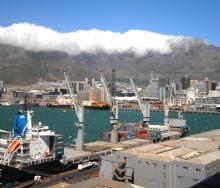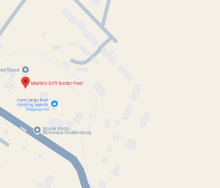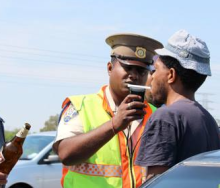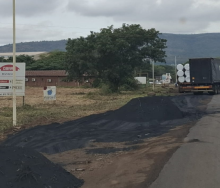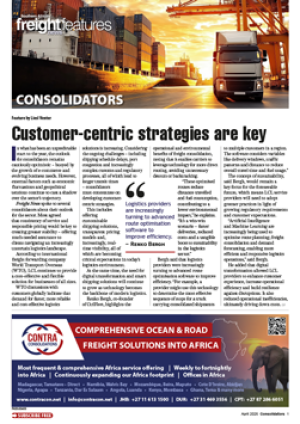South African fleet owners can improve road safety and cargo protection by forging stronger working relationships with their truck drivers.
This is according to Justin Manson, sales director at Webfleet, Bridgestone’s global fleet management solution. He says fleet owners can help to create safer roads, improve the protection of goods, and enhance overall driver well-being by fostering better relationships with drivers.
The latest official data released by the Department of Transport shows that there was a 2.3% decrease in the number of road fatalities to 1 184 during the 2023/24 festive season from 1 212 in 2022/2023.
Human factors contributed 80.8% to the cause of crashes, environmental factors such as heavy rainfall and storms contributed 10.4%, and mechanical factors about 8.8%.
“While professional commercial transport operators may contribute a smaller portion of the overall number of fatalities, they have increasingly been in the news in recent years due to their involvement in some high-profile fatal crashes,” Manson said.
However, he said if fleet owners adopted an integrated programme using technology, training and ongoing mentorship, transporters had the potential to contribute to significantly, improving overall road safety while reducing liability to their customers.
“Rising transport costs and tight margins are pushing transport operators to cut expenses where they can. Unfortunately, this could affect the areas that most directly affect safety, training and maintenance,” he added.
“While technology may help one to arrive at destinations on time, the ever-increasing scope of features with on-board telematics systems often goes unnoticed. For instance, some drivers may not fully appreciate the integration between their primary on-board telematics with other third-party software and hardware.”
Manson said that drivers might differentiate between a consumer traffic app and a professional navigation system for large vehicle navigation, which also accounts for vehicle dimensions (length/width/height/weight/cargo) and routes accordingly, avoiding smaller roads and low bridges.
“Driver training shouldn’t just be limited to acquiring a driving licence but should include the reading of diagnostic reports, accessing communication tools and interpreting long-term data to improve driver behaviour over time. A driver should be proficient and be able to read and respond to existing and new features in a chosen system.”
Control room and fleet operators should also be trained on how best to effectively communicate with drivers, to avoid miscommunication and possible conflict scenarios.
“Conflict with fleet operators also puts a lot of stress on drivers,” Manson said.
He added that mentorship was also important as new drivers could gain knowledge to manage their vehicles, technology, and themselves better by engaging with more experienced drivers.
“Drivers need to know how to best manage their own health and alertness while on the road, and only through constant engagement and even regular workshops can they hear from other operators, while also building up team morale in an industry where a driver is often alone for weeks at a time.
“Telematics systems are continuously evolving, with ever-increasing data sets and new functionality emerging to enhance the driver’s experience, like reminders to rest, locations of rest stops, a variety of planning, diagnostic and maintenance tools.”
He added that managers needed to have open and continuous discussions with drivers, feeding them constant information and relevant news about issues such as live road works, new developments and expected community unrest.
“This not only ensures that processes are continuously refined, but it also helps to build a good relationship with drivers over the long term.”





